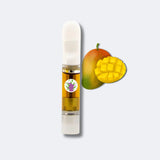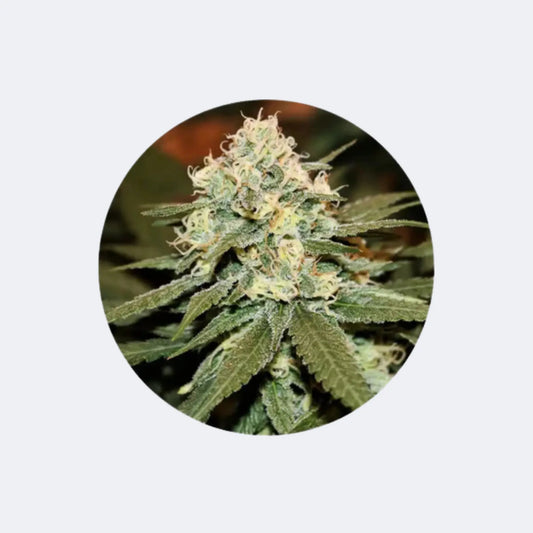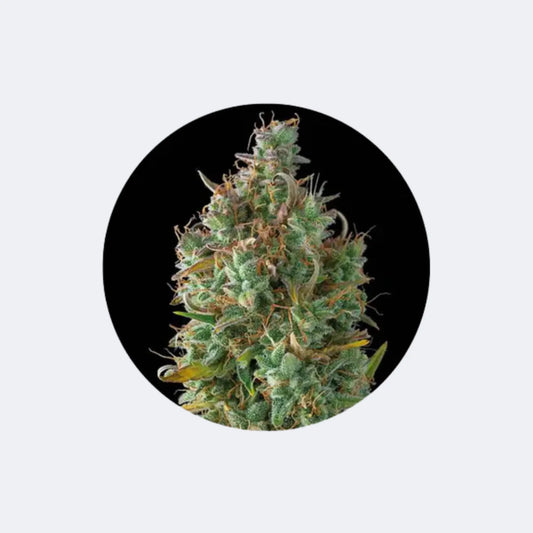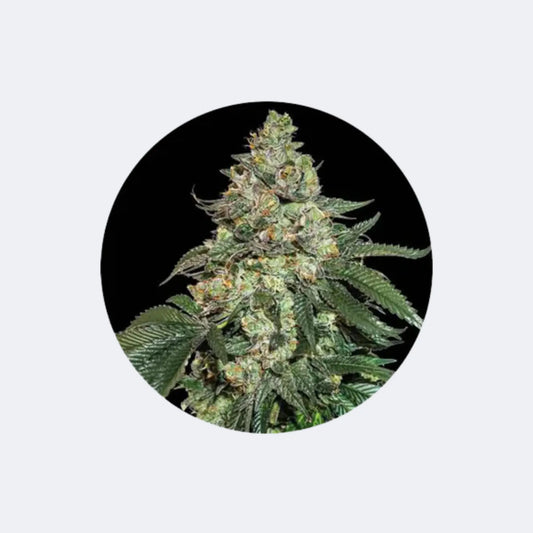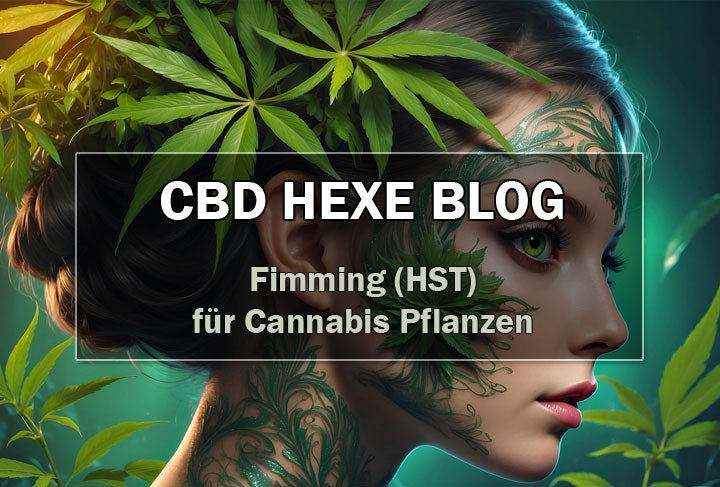
Fimming (HST) for cannabis plants
Andreas LeschkeShare blog post
How botched work became a high-stress training method
In this article, we examine a cutting technique for plants where not only the explosive result is exciting, but above all the story behind this HST method!
Before interested growers continue reading this article, I would like to point out that "fimming" is a further development of "topping".
For this reason, it would be advisable to read the blog post " Topping " before reading this post in order to better understand it.
The story of "fimming" originated in the late 1990s, when an American cannabis grower, who was considered very ambitious but also careless, wanted to top his plants and, after topping, realized that he had made a mistake.
The term fimming is derived from "FIM," which means "F*ck I missed." It wasn't a deliberate experiment that revealed this magical and wonderful editing technique to us, but pure botched work!
Because, after the American grindgrass grower was horrified to discover that he had made a serious mistake, he decided that instead of removing the plants and abandoning the project, he would simply leave them standing to see what would happen.
A few days later, he looked at the plants again and could hardly believe his eyes. Not only had the plant recovered and thrived, but the cut site suddenly revealed a tangle of new branches that proved extremely productive. The result was that this grower was able to harvest the most extreme and bountiful harvest of his life so far.
The implementation and execution of "Fimming"
As already mentioned in the foreword, "fimming" is a further development of "topping," and therefore the same basic requirements apply here. Working cleanly with gloves and disinfected scissors is absolutely essential, as this technique creates a large wound in the plant, where it must be ensured that no germs, bacteria, or pathogens can enter the wound tissue.
The other basics of topping must also be taken into account, such as a guaranteed supply of nutrients, no pest infestation, etc.
Therefore, it is really advisable to read the topping's article again before adopting and implementing this technique.
The only difference between fimming and topping is that you do not cut the plant head between two nodes as you do with topping, but directly through a node.
To do this, you should grasp the shoot (node) you want to remove between your index finger and thumb and hold it firmly. Please DO NOT remove the leaves; they are vital for this high-stress method to be successful.
The next step is a horizontal, straight cut through the node, where about 75% of the shoot is removed, leaving about 25% of the shoot at the top of the plant.

With topping, we ensure that the two shoots below the cut point grow into new main stems, producing two head buds instead of one. In this way, topping terminates the vegetative growth on the main stem and directs it toward the side shoots. This way, the plant doesn't experience a standstill in the vegetative phase, which is precisely where fimming lies.
Fimming is primarily about slowing down the vegetative phase for 5 to 7 days. This forces the plant to direct all its resources and energy to all side branches during the recovery phase, resulting in a much bushier growth than with topping.
After the plant has recovered after 5 to 7 days, you will see two new branches growing out of the cut site.
Results show that pinching the plant produces far more new side shoots than simple topping, as upper shoots grow more slowly than the side shoots.
In addition, the side branches become much more robust and form more inflorescences than with the topping.
Like topping, fimming isn't a process that can only be performed once on a plant. Those who want to push their plants to the outermost point can fimm it several times during the vegetative phase, just like with topping.
However, it should always be ensured that the plant can recover sufficiently after pruning, as this represents an enormous physical strain on it.
Vertical growth is less with fimming than with topping, but lateral growth is considerably greater. Therefore, even with such yield-enhancing training methods, the available space in the grow box should always be considered.
If you're fimming your plant, you'll need more width in the grow tent than if you're topping, and this shouldn't be underestimated. As with topping, it's also advisable to train the plant with LST clamps afterward to guide the new branches toward the light.
I have already mentioned how to train your plants with low stress in a previous blog post, which should be seen as a supplement to fimming, as well as the blog post on the topic of " lollipopping ".
We thank the author Jorge Rieger for this blog post on the topic of "Fimming (HST) for cannabis plants." Feel free to follow him on his Facebook account. --> Click here

